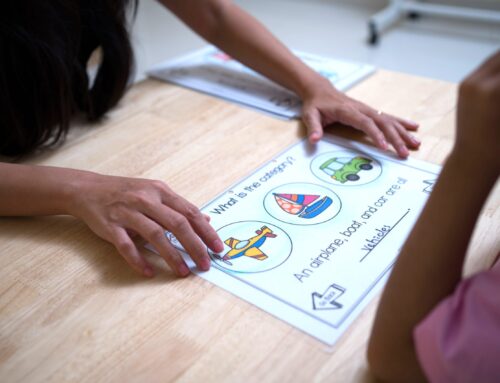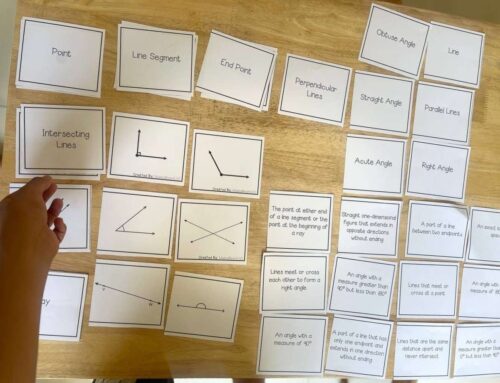Dyslexia is a common learning difference that affects reading, writing, and spelling. It can be a source of frustration for both children and parents, but with the right support system in place, children with dyslexia can thrive in school. This blog post explores strategies for navigating the school environment and fostering a positive learning experience for your child.
Understanding Dyslexia
Dyslexia is a neurological difference, not a reflection of intelligence. It affects the way the brain processes language, leading to difficulties with decoding written words, spelling, and fluency. Early identification is crucial, allowing for targeted interventions that can significantly improve academic performance.
Working with the School
- Open Communication: Schedule a meeting with your child’s teacher to discuss your concerns and their observations. Share any formal diagnoses or evaluations completed.
- Individualized Education Program (IEP) or 504 Plan: Depending on your child’s needs, an IEP or 504 plan can be developed. These plans outline specific accommodations and modifications to support your child in the classroom.
- Collaboration: Maintain open communication with the teacher and any specialists involved in your child’s support system. Regularly discuss progress and adjust the plan as needed.
Strategies for Success
- Accommodations: Several accommodations can benefit children with dyslexia. These may include extended time for tests, use of audiobooks or text-to-speech software, graphic organizers, and alternative formats for assignments (e.g., oral presentations instead of written essays).
- Building Confidence: Focus on your child’s strengths and celebrate their achievements. Encourage participation in activities where they excel, fostering a positive self-image and a love for learning.
- Organization and Time Management: Develop organizational routines and time management skills. Use color-coded folders, planners, and checklists to help your child stay on top of assignments and deadlines.
- Technology Tools: Explore assistive technology, such as screen readers, dictation software, and specialized fonts, which can ease the reading and writing process.
Additional Resources
- International Dyslexia Association (IDA): [dyslexiaida.org]
- National Center for Learning Disabilities (NCLD): [ncld.org]
- Reading Rockets: [readingrockets.org]
Dyslexia can present challenges, but with early identification, appropriate support, and a focus on strengths, children with dyslexia can achieve academic success and reach their full potential. By working collaboratively with the school and implementing effective strategies, you can equip your child with the tools they need to navigate school with confidence.




Leave A Comment